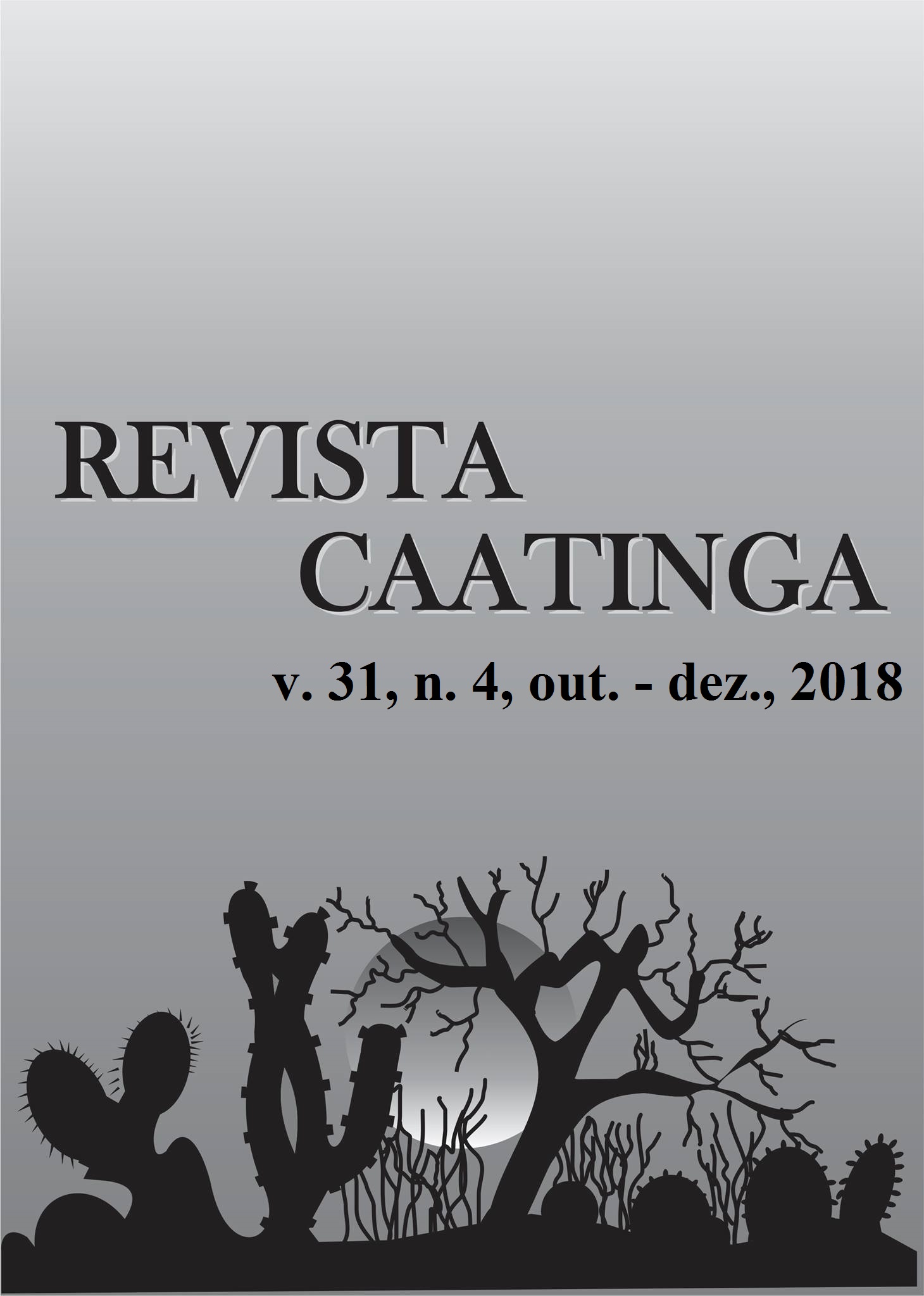EFFECT OF VETIVER ROOTS ON SOIL RESISTANCE TO PENETRATION IN A TYPIC FLUVIC NEOSSOL IN THE SÃO FRANCISCO RIVERBANK
DOI:
https://doi.org/10.1590/1983-21252018v31n416rcKeywords:
Chrysopogon zizanioides. Erosion. Soil bioengineering.Abstract
The aim of this study was to evaluate the effect of the root of vetiver grass (Chrysopogon zizanioides (L.) Robert) on the soil Resistance to penetration (RP) in the margins of the lower São Francisco River. Vetiver grass seedlings were planted on the riverbank margins in order to increase soil resistance to erosion processes, and RP assessments were made at soil depths of 0-0.20, 0.20-0.40, and 0.40-0.60 m in different situations (near the plants and within rows). RP data was obtained using an automated penetrometer. Gravimetric moisture data was also collected, as well as particle size data by densimetry, and root density data by the monolith method. The results of the RP, moisture, and root density studies were subjected to analysis of variance (p <0.05) and then the averages were compared by the Tukey test using SISVAR software. The samples next to the vetiver grass showed an average RP of 1793.94 kPa and an average moisture content of 11.78%, statistically differing from that of the sampled points within rows. RP and soil moisture did not differ statistically at the depth assessed. The vetiver grass produced an adequate ground cover, leading to higher water retention and hence a reduced resistance to penetration.
Downloads
Downloads
Published
Issue
Section
License
Os Autores que publicam na Revista Caatinga concordam com os seguintes termos:
a) Os Autores mantêm os direitos autorais e concedem à revista o direito de primeira publicação, com o trabalho simultaneamente licenciado sob a Licença Creative Commons do tipo atribuição CC-BY, para todo o conteúdo do periódico, exceto onde estiver identificado, que permite o compartilhamento do trabalho com reconhecimento da autoria e publicação inicial nesta revista, sem fins comerciais.
b) Os Autores têm autorização para distribuição não-exclusiva da versão do trabalho publicada nesta revista (ex.: publicar em repositório institucional ou como capítulo de livro), com reconhecimento de autoria e publicação inicial nesta revista.
c) Os Autores têm permissão e são estimulados a publicar e distribuir seu trabalho online (ex.: em repositórios institucionais ou na sua página pessoal) a qualquer ponto antes ou durante o processo editorial, já que isso pode gerar alterações produtivas, bem como aumentar o impacto e a citação do trabalho publicado (Veja O Efeito do Acesso Livre).







